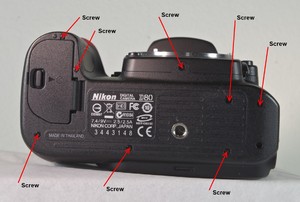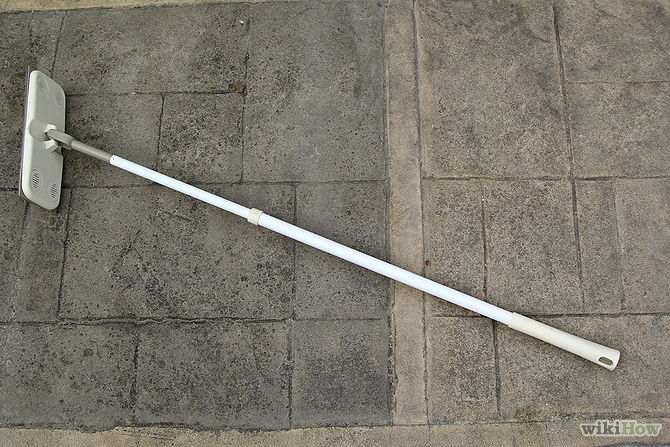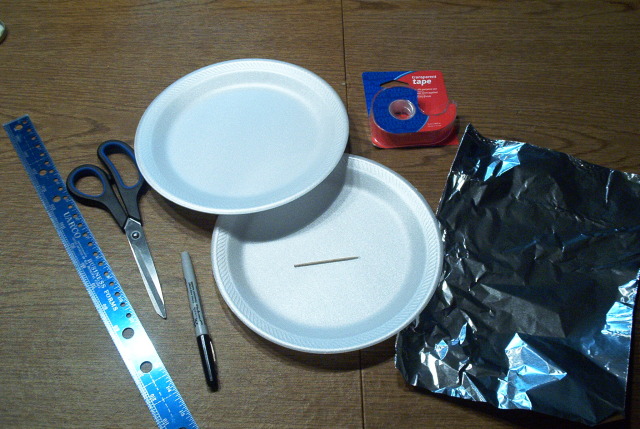How To Entwine E-commerce Customer Communication Through Order Status
The Crucial Need
When designing the Internet store site’s integration with your fulfillment process, make sure you understand how your orders will be shipped out. Consolidating the customer communication in the interface e-commerce site itself is the way out. This article illustrates how this customer communication can be entwined with your site through order status.
Most distributors who are accustomed to working with an intermediary such as commerceHub are also accustomed to processing orders and sending back a file containing order status information, for example, which orders have shipped, which items are back ordered, which shipping carrier was used, what the tracking numbers are, and so on. You need to create a system capable of receiving that file and integrating the information into your live database for customers to utilize.
The Available Options
If, only some of your distributors can provide this information, then your management team will have to make some careful decisions. Generally, an all or nothing approach works better when providing order status information to your customers: if you can’t provide the status information for all of the orders that will be placed, don’t provide it for any of them. Your customers may not appreciate the differences in your fulfillment process and will simply wonder why some orders have status information and some don’t. Talk to the distributors that aren’t providing status information to you and urge them to do so. Your business relationship with them will be greatly improved if they do, because your relationship with your customers will be improved.
One Word Of Advice
When designing a communications infrastructure with your trading partners, try to create a system that can be expanded easily. Use systems which provide standardized environments for the exchange of data between disparate systems. Avoid a design technique that requires standalone utilities written in Visual Basic or another language to process incoming and outgoing data; as your business grows and the number of partners you share data with increases, the job of keeping up with these various utilities will quickly grow out of hand. Using systems and servers enables you to easily adapt code used with one trading partner to accommodate others, and provide a centralized place to manage and monitor your partner communications.
If your orders are filled in your own distribution center or warehouse, spend some time investigating how those systems work and how they will interface with the live site’s database. Can you create a batch job in DTS that pulls status information out a couple times a day? Will tracking numbers be available once an order has shipped?
If all of your orders will be processed internally, then software like BizTalk Orchestration may offer an excellent solution for automating the process of moving order information into a distribution center system, retrieving order status, and other business processes.
When designing the Internet store site’s integration with your fulfillment process, make sure you understand how your orders will be shipped out. For example, most e-commerce companies ship from several distribution centers, especially in a virtual warehouse model. That means a customer’s order may consist of several packages, each with a different tracking number. Some items may enter the fulfillment process and be back ordered, while other products are shipped immediately. If you intend to provide order status information to your customers, be prepared to provide this information on a per-item basis, not a per-order basis. Each item should include status information and a tracking number, if it has shipped. In your customer interface on the e-commerce site, you can consolidate this information to present a list of orders, and then tracking numbers associated with the order, and so on.
Summary
One of the lengthiest portions of your design process will be determining exactly what functionality the various components of your online business require from the site, and what information the site must provide to, and gather from them. This time is well spent, though, because including support for your business’ internal requirements in your site’s design plan from the start, even if you don’t actually implement all of it in the first phase, is much easier and less expensive than changing your design later because you missed critical internal requirements.
During the planning phase of your design process, be prepared to listen to huge wish lists of feature and functionality. Also be prepared to help your management team understand the costs associated with these wish lists so they can help you make good priority decisions in your E-commerce Web site’s design.






